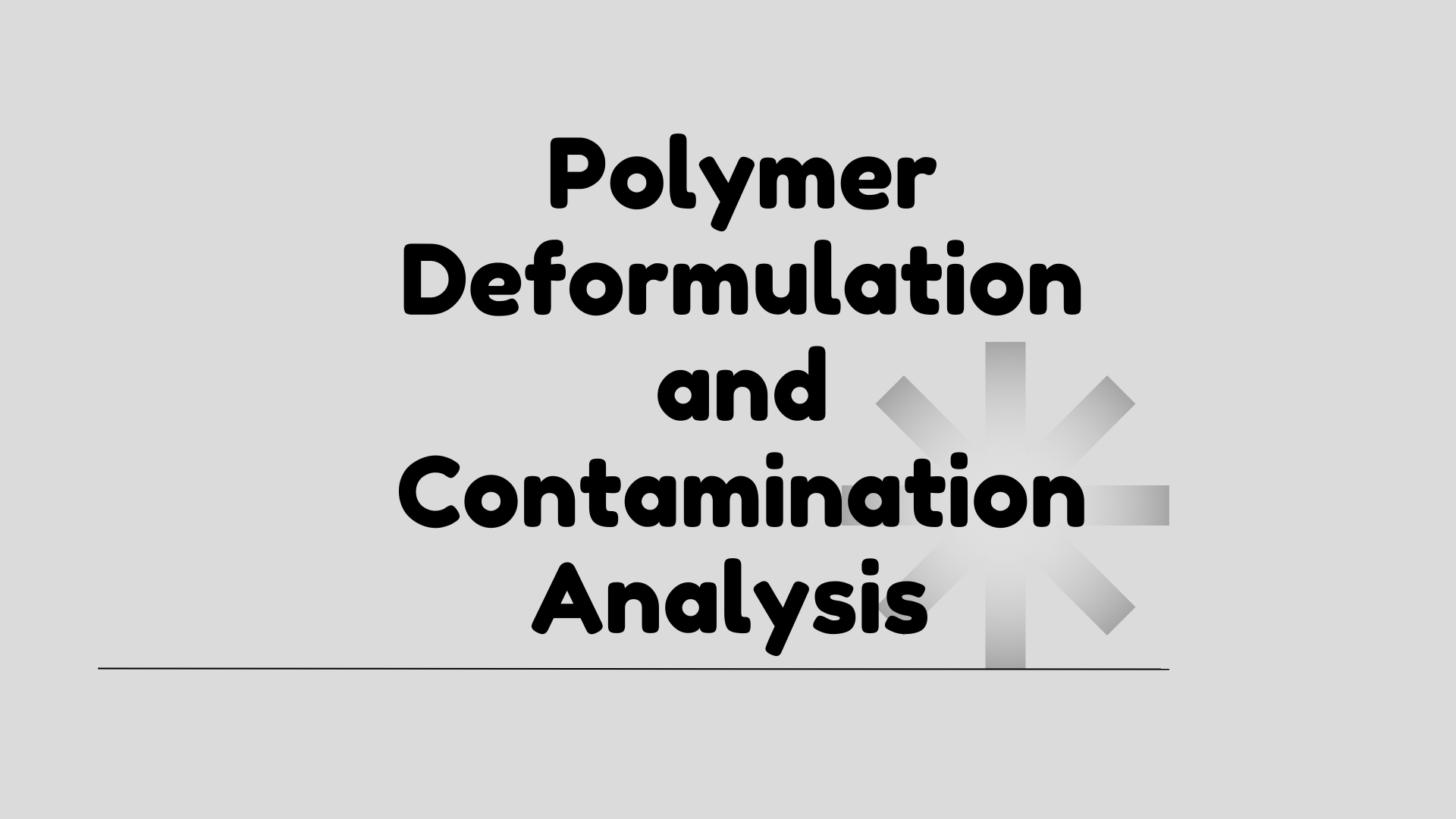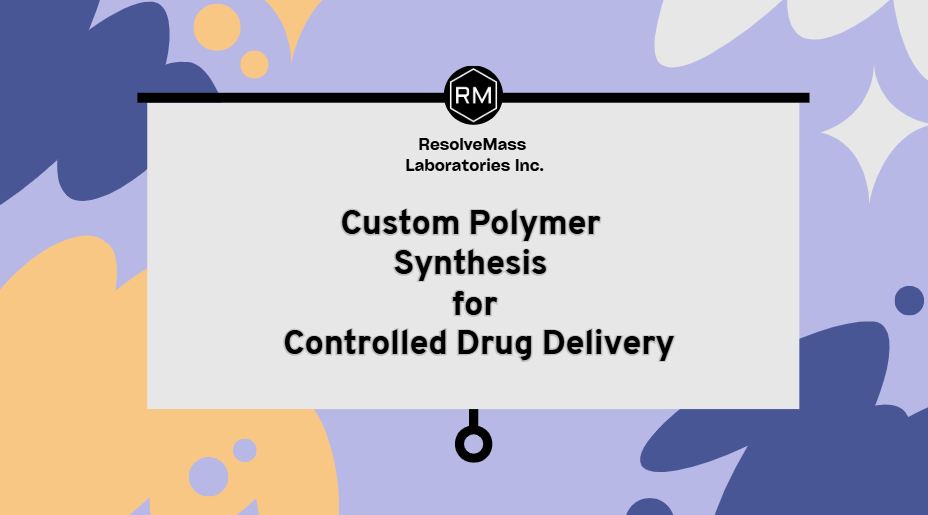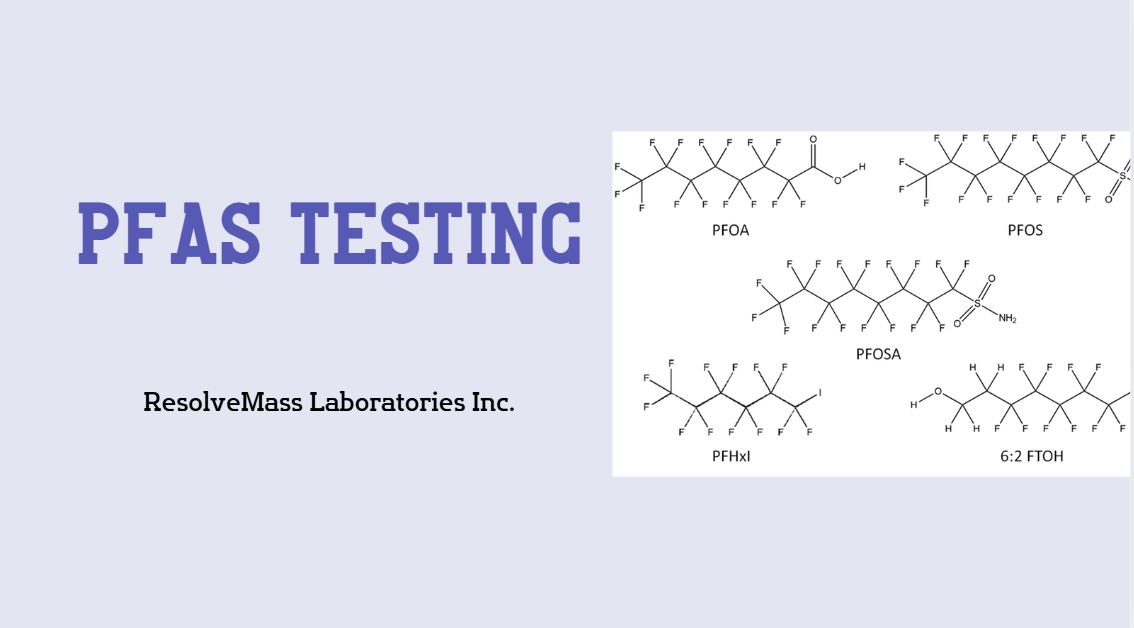Introduction
Polymer Deformulation Characterization is the scientific method of breaking down and studying polymers to understand their composition, additives, and structural details. At ResolveMass Laboratories Inc., we focus on polymer deformulation, contamination analysis, and advanced chemical testing to help industries manage failures, protect product quality, and address contamination challenges.
Our team specializes in accurate polymer measurement and advanced reverse engineering services. This expertise allows manufacturers to enhance performance, ensure safety, meet strict regulations, and uncover contamination root causes. With our testing strategies, companies gain faster innovation, stronger compliance, and fewer costly failures in production.
Quick Summary of the Article
- Polymer Deformulation Characterization enables reverse engineering and identification of additives.
- Contamination analysis helps detect foreign substances that lead to product defects.
- Advanced methods like spectroscopy, chromatography, and microscopy are key in polymer testing.
- Reverse engineering improves benchmarking, innovation, and compliance.
- ResolveMass Laboratories operates modern facilities in both Canada and the US.
- Industries served include medical devices, aerospace, automotive, pharmaceuticals, and food packaging.
- The FAQ section addresses common industry concerns with practical answers.
This article explains how deformulation and contamination testing support product safety, long-term reliability, and innovation across critical industries.
What is Polymer Deformulation Characterization?
Polymer Deformulation Characterization is the process of carefully analyzing a polymer’s chemical structure, including its base resins, fillers, stabilizers, and additives. By studying these elements, companies can understand how the material was designed and how each component affects performance.
At ResolveMass Polymer Analysis Laboratory, we use advanced techniques to:
- Identify unknown polymer formulations
- Understand degradation pathways of polymers
- Support regulatory compliance for international standards
Detailed deformulation helps manufacturers verify the authenticity of raw materials, detect counterfeit products, and accelerate research and development for future materials.
Why is Polymer Deformulation Important?
Polymer deformulation offers essential insights for companies aiming to stay competitive, safe, and innovative. Some common applications include:
- Reverse Engineering – Understanding competitor formulations and materials.
- Quality Assurance – Ensuring consistency in raw materials and production runs.
- Failure Analysis – Investigating brittleness, cracking, or unwanted color changes.
- Innovation Support – Creating new materials with improved properties.
You can learn more through our guide on polymer testing in Canada and the US. Deformulation also strengthens intellectual property rights by checking whether products match proprietary designs.
Polymer Contamination Analysis
Polymer contamination analysis is used to detect and measure foreign substances introduced during manufacturing, transport, or use. Such contaminants may include catalysts, metals, solvents, or environmental pollutants.
Typical contamination sources include:
- Raw material impurities
- Residues from processing or incomplete reactions
- Cross-contamination in production facilities
- Environmental exposure during storage or shipping
At ResolveMass, our polymer chemical testing services apply advanced methods such as:
- FTIR and Raman Spectroscopy for chemical fingerprints
- SEM/EDS for micro-surface contaminant analysis
- ICP-MS for ultra-trace metals
- GC-MS for volatile organic compounds
Through these studies, companies prevent recalls and maintain compliance with safety standards in fields such as aerospace, medical devices, and pharmaceuticals.
Techniques in Polymer Deformulation Characterization
| Technique | Purpose | Application |
|---|---|---|
| FTIR Spectroscopy | Identifies functional groups | Detects additives and degradation products |
| DSC/TGA Analysis | Measures stability and transitions | Determines polymer blends |
| GC-MS/LC-MS | Separates and identifies additives | Analyzes stabilizers and plasticizers |
| NMR Spectroscopy | Provides molecular structure | Identifies copolymer ratios |
| SEM/EDS | Studies surface morphology | Root-cause contamination analysis |
For more insights, visit our resources on polymer thermal analysis and light scattering polymer characterization. These complementary techniques help engineers refine materials for better performance and durability.
Reverse Engineering of Polymer Formulations
Reverse engineering is a crucial part of Polymer Deformulation Characterization, helping reveal the design, processing, and strategies used in a material’s development.
Key outcomes include:
- Benchmarking competitor materials
- Detecting counterfeit or low-quality substitutes
- Strengthening research pipelines with technical insights
Our drug-polymer conjugate analysis shows how reverse engineering supports biomedical innovations and ensures strict compliance. This process also aids life cycle management, helping industries replicate or enhance existing products.
Additive Analysis in Polymers
Additives are essential in determining how a polymer behaves under stress, heat, or UV light. Our deformulation services include complete profiling of additives such as:
- Antioxidants – Prevent or slow oxidation
- Plasticizers – Improve flexibility and softness
- UV Stabilizers – Protect against sunlight damage
- Fillers – Modify strength, rigidity, or density
For detailed testing methods, see our section on polymer analysis techniques. Additive profiling is particularly important for high-performance industries such as aerospace and food packaging.
Root-Cause Investigations for Polymer Failures
When polymers fail, it is usually due to hidden defects or contamination. Root-cause analysis isolates these problems, ensuring they do not reoccur.
Common examples include:
- Failures caused by unreacted monomers or solvents
- Cracking in molded parts due to stress concentrations
- Thermal degradation leading to discoloration
- Trace metal contamination in sensitive applications
Read our insights on key challenges in polymer analysis. Root-cause evaluations not only solve current issues but also improve processes for future production.
Applications Across Industries
Polymer Deformulation Characterization is used across a wide range of industries:
- Medical Devices – Supporting safety and biocompatibility
- Pharmaceuticals – Improving crosslinked polymer analysis in drug delivery
- Automotive & Aerospace – Meeting high standards for strength and safety
- Food Packaging – Identifying contaminants and chemical migration risks
These applications highlight the importance of deformulation in maintaining compliance, safety, and innovation across regulated industries.
Conclusion
At ResolveMass Laboratories Inc., Polymer Deformulation Characterization is more than a service—it is a pathway to stronger innovation, safer products, and lasting reliability. Through contamination analysis, reverse engineering, and additive profiling, we deliver solutions designed for the unique challenges of industries across North America.
For expert consultation, visit our Polymer Analysis Laboratory or connect through our Contact Page.
Frequently Asked Questions (FAQs)
Polymer deformulation characterization is the detailed study of a polymer’s chemical composition, including its resins, fillers, and additives. By using advanced methods like FTIR, NMR, and GC-MS, laboratories can uncover how a polymer was made, confirm material authenticity, and support innovation through reverse engineering.
Contamination can weaken material performance, cause unexpected failures, and compromise safety standards. Through contamination analysis, manufacturers can detect trace impurities, identify their sources, and remove them before they cause issues. This process safeguards product quality and ensures regulatory compliance in demanding industries.
Polymer additives are examined with highly sensitive instruments such as GC-MS, LC-MS, and FTIR. These techniques provide a clear chemical fingerprint of each additive, helping to confirm the presence of stabilizers, antioxidants, or plasticizers. Understanding additives is vital for ensuring durability and consistent product behavior.
Yes, polymer deformulation can identify counterfeit or substandard materials by comparing their chemical makeup with authentic formulations. This process protects intellectual property, prevents the use of unsafe substitutes, and helps manufacturers verify that their products meet required standards.
Property measurement focuses on testing how a polymer performs—such as its strength, flexibility, or heat resistance. Deformulation, on the other hand, goes deeper by analyzing the actual chemical structure and additives. Together, both approaches provide a complete picture of material quality and reliability.
Root-cause contamination analysis involves advanced methods like SEM/EDS, ICP-MS, and FTIR to trace impurities back to their source. This could be raw materials, processing equipment, or environmental exposure. By pinpointing the exact origin, manufacturers can fix the issue and prevent it from happening again.
Thermal analysis methods like DSC and TGA reveal how a polymer behaves under heat, including melting points, degradation patterns, and glass transition temperatures. These insights are especially useful in distinguishing between polymer blends and evaluating material stability during real-world applications.
References
- Dai Vian, W., & Denton, N. L. (2018). Hardness comparison of polymer specimens produced with different processes. In Proceedings of the 2018 ASEE IL-IN Section Conference (Tech. Paper No. 3). Purdue University. https://doi.org/10.5703/1288284316841
- Meikle, J. L. (1995). American plastic: A cultural history. Rutgers University Press. https://doi.org/10.2307/j.ctt1npd0


